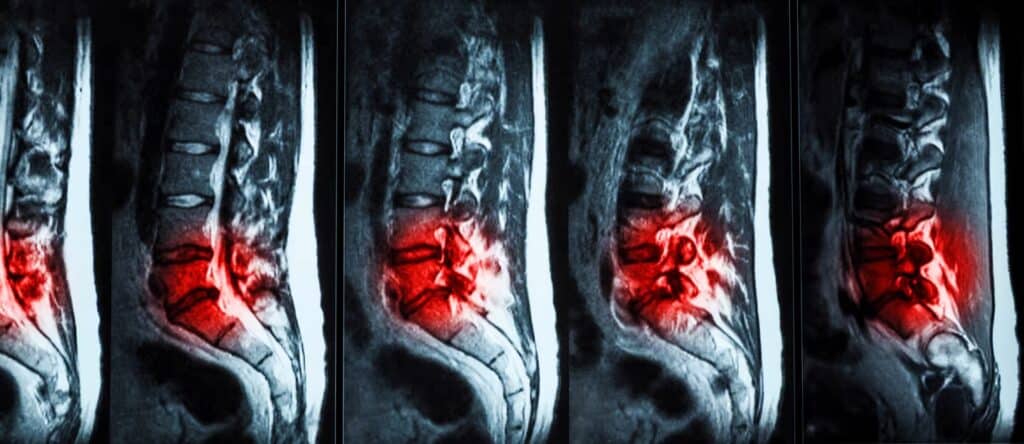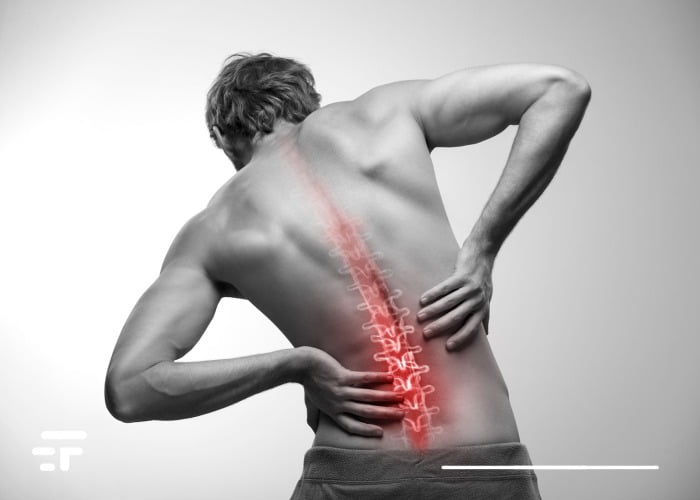Human testing has led to an effective and safe treatment for chronic back pain caused by degenerative disc disease (DDD). The therapy is much less invasive than others in 2020 had received the OK for testing from the FDA, the US drug authority. And now it shows to work.
Intervertebral discs protect the vertebrae, but, like other parts of the body, they deteriorate with age. The fluid in many people's discs can dry up or leak, causing backache, discomfort and limiting mobility. Unfortunately, therapies are mostly limited to rest, physiotherapy and painkillers, or surgery to remove or replace the discs. Some experiments are focusing on senolytic drugs, but are now taking their first steps.
Degenerative disc disease & hydrogel: human experimentation
Doctors now have a new approach: a hydrogel that can be injected into the spine to repair disc cushioning and relieve the pain of degenerative disc disease. Is called Hydrafil, and you have to imagine it a bit like those foams that are injected into walls to repair cracks.
The human trials involved 20 patients aged between 22 and 69, all suffering from chronic low back pain caused by degenerative disc disease. All had described their pain as low as a 4 on a 10-point scale, and all had reported only mild relief from existing therapies.

How does it work?
The gel is heated to a thick liquid, which is then injected with a 17 gauge needle into the affected discs. When it cools down to body temperature, it forms an implant with the same biomechanical properties as the natural disc.
Patients were then followed for 6 months to assess their recovery from degenerative disc disease after the injection.
The results
All participants reported improvements in pain and mobility. On a scale of 0 to 10, the average pain level reported dropped from 7,1 to 2. In a questionnaire about how low back pain from their degenerative disc disease prevented them from carrying out daily activities, the average score dropped from 48 to 6.
“If these results are validated by further studies, this technique will be an extraordinary treatment for chronic low back pain in those who have not obtained adequate relief from conservative care,” he says Douglas Beall, one of the authors of the study. The study will be presented at the Annual Meeting of the USA Radiology Society (if you want to follow it, you can find it here).
Of course, this first study was small, and 20 patients still aren't enough to make big claims. But the team is continuing the tests, the gel is minimally invasive and easy to manage, the promise is great.
And my back hurts, so get a move on.


